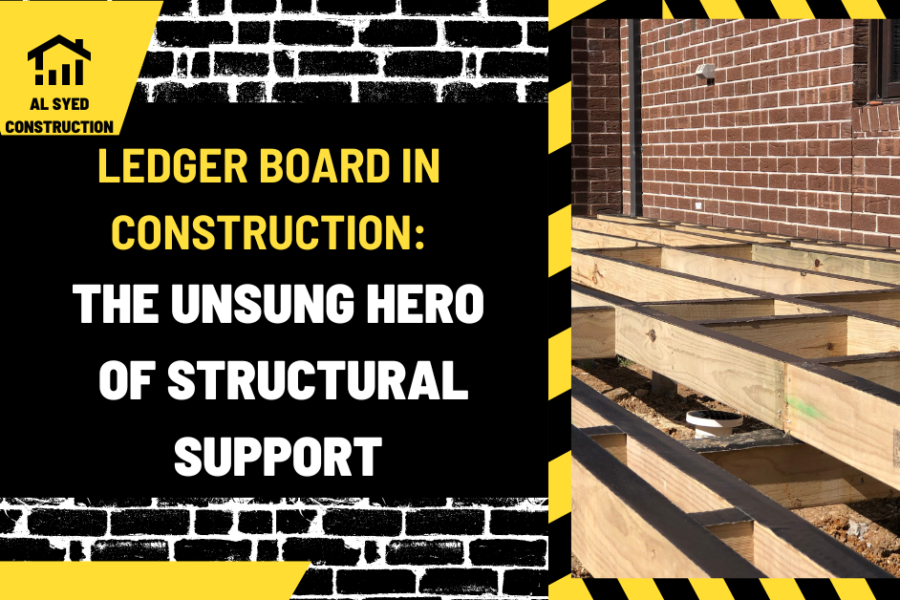Ledger Board in Construction: The Unsung Hero of Structural Support
Introduction
In the construction industry, a ledger board is a critical component that provides structural support and stability to various building elements. It is a horizontal beam attached to an existing wall or structure, serving as an anchor point for additional construction, such as decks, roofs, or floors. Understanding the function, installation, and importance of a ledger board is essential for construction professionals to ensure the safety and integrity of their projects. This article explores the concept of ledger boards in construction, highlighting their role and significance in building practices.
The Role of Ledger Boards in Construction
Supporting Additional Structures
Ledger boards are commonly used to support decks, porches, and extensions by providing a secure connection between the new structure and the existing building. They distribute the load evenly, ensuring that the additional structure remains stable and firmly attached.
Facilitating Floor and Roof Construction
In floor and roof construction, ledger boards can be used to support joists or rafters, providing a level and sturdy base for the installation of flooring or roofing materials. This helps to create a uniform and structurally sound surface.
Installation Considerations for Ledger Boards
Material and Size Selection
The material and size of a ledger board should be chosen based on the load it will carry and the type of structure it will support. Pressure-treated lumber is commonly used for its durability and resistance to rot and pests.
Secure Attachment
Proper attachment of the ledger board to the existing structure is crucial for safety and stability. This typically involves using bolts or lag screws to ensure a strong and lasting connection. The spacing and size of the fasteners should comply with building codes and manufacturer recommendations.
The Importance of Ledger Boards in Construction
Ensuring Structural Integrity
Ledger boards play a vital role in maintaining the structural integrity of additional building elements. By providing a secure anchor point, they help prevent sagging, shifting, or detachment, which could lead to structural failures or safety hazards.
Meeting Building Codes and Standards
Proper installation and use of ledger boards are often required by building codes and standards to ensure the safety and reliability of construction projects. Compliance with these regulations is essential to avoid legal issues and potential risks to occupants.
Conclusion
Ledger boards are a fundamental component in construction, offering essential support for decks, floors, roofs, and other structural elements. Their correct selection, installation, and maintenance are critical for the safety and longevity of construction projects. By understanding the role and significance of ledger boards, construction professionals can ensure that their structures are built on a solid foundation, meeting both functional and regulatory requirements.



